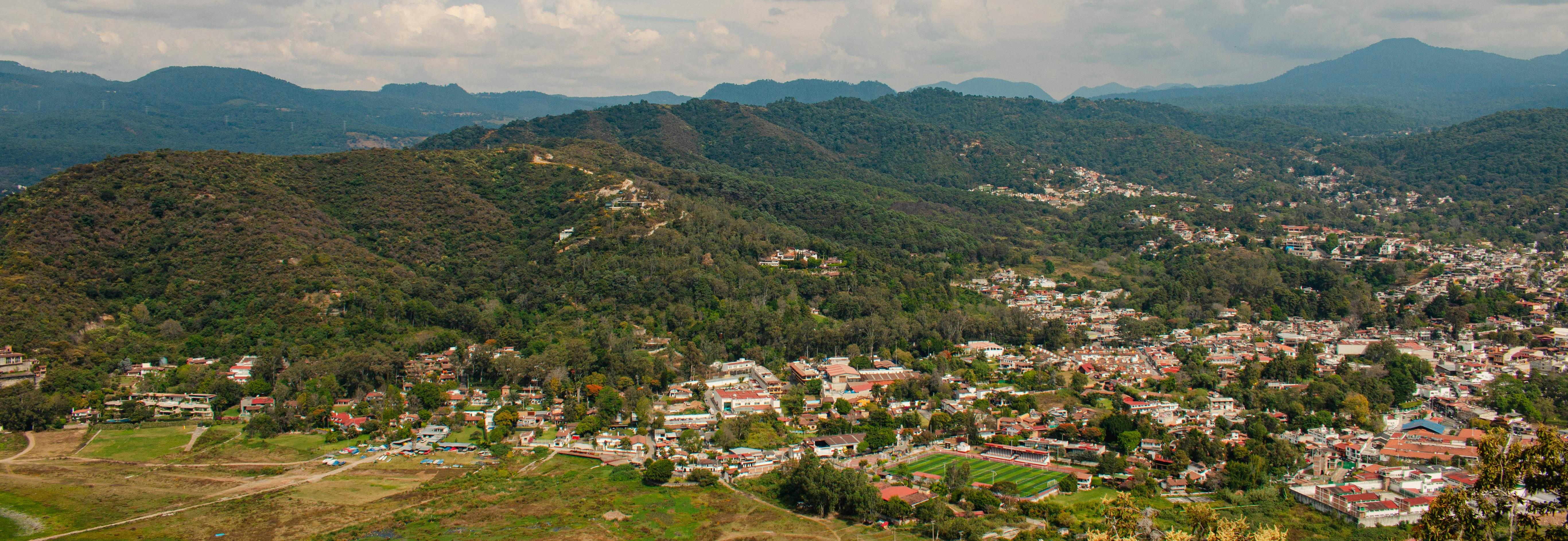This series of papers was developed as part of an exploratory workstream investigating the role and maturity of monitoring and measurement in different landscape and jurisdictional initiatives. The papers are targeted towards landscape and jurisdictional practitioners and focus on the practicalities of measurement for landscape and jurisdictional initiatives.
For more on ISEAL's collaborative work setting a common baseline for company engagement with landscape and jurisdictional approaches see our landscape joint position paper page.
See below for a brief description of each paper and the bottom of this page to download the individual resources.
Primers for working at scale
Over the course of convening, it became apparent that landscape and jurisdictional initiatives would benefit from guidance that focused on and supported alignment around the measurement of specific topics. Foundational approaches were identified across these topics for biodiversity and nature conservation at scale, understanding income across a landscape or jurisdiction, and routes for meaningful engagement with Indigenous Peoples and Local Communities in multi-stakeholder landscape partnerships.
Biodiversity and nature primers
These two reports, authored by Proforest, introduce both the global regulatory and reporting context for biodiversity and nature and explore three foundational approaches for biodiversity and nature measurement for landscape and jurisdictional initiatives.
Global regulatory and reporting context for the private sector: This context brief introduces the biodiversity and nature focused global regulatory and reporting context and highlights the role existing datasets, metrics and tools can play in responding to these.
Biodiversity and nature foundational approaches primer: This primer presents three foundational approaches for understanding the physical condition of a landscape, detailing the required capacities and essential resources needed. The foundational approaches are Land Use Land Cover Change (LULCC) analysis; the status of effective management for protected areas; and High Conservation Value Area (HCVA) screening and assessment.
Understanding income across landscapes primer
This primer, authored by Jessica Grillo of Heartwood LLC, illuminates the various methods used to understand income dynamics, providing practitioners with a roadmap for exploration. While not prescribing implementation strategies, the primer equips teams with the foundational understanding needed to navigate the economic dimensions as relevant for different landscape initiatives.
Free, Prior and Informed Consent (FPIC) primer
This primer presents landscape practitioners with an introductory understanding of FPIC and how it can apply within the context of landscape initiatives. It empowers landscape initiatives to navigate FPIC considerations, and good practice for stakeholder engagement more broadly, responsibly at scale.
Landscapes measurement pilots
Pilot learning report
Between February 2023 and April 2024, three pilot projects trialled different aspects of landscape-scale measurement. This pilot learning report summarises findings from each of the projects from the Sustainable Fibre Alliance (SFA), CNV Internationaal, and Global Sustainable Tourism Council (GSTC). They explored respectively: developing a biodiversity-focused MEL framework for Mongolian rangelands; the practicalities of measuring social dialogues within a landscape project; revising processes and policies to best capture the evolution of a landscape over time.
State of measurement paper
This discussion paper provides a thorough overview of the state of measurement in landscape and jurisdictional initiatives, as shared by participants of the measurement working group. It details the most prominent challenges faced by LJA practitioners, current strategies for overcoming them, illustrative case studies, and a list of shared resources and tools for practitioners to use in their own projects.
